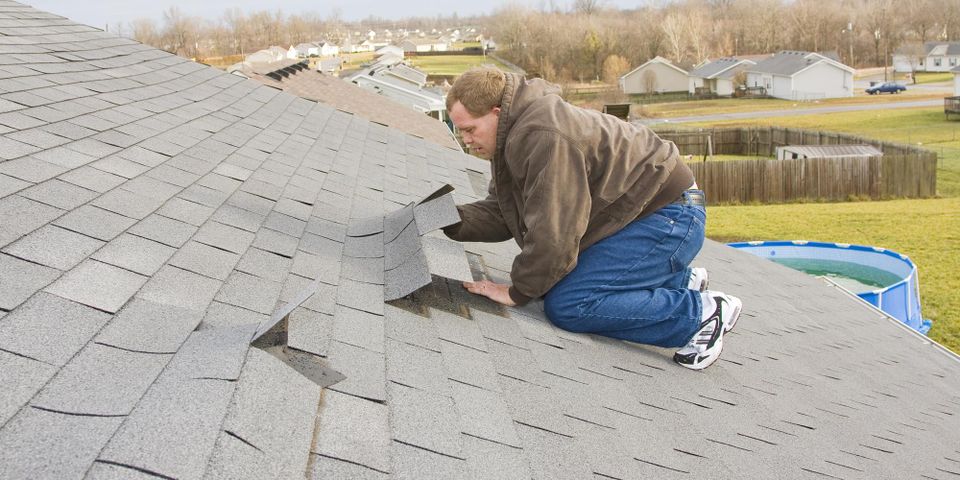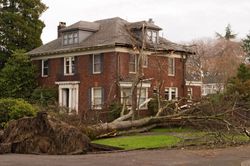At What Speed Will Wind Damage My Residential Roofing?

Severe weather events tend to wreak havoc on residential roofing, especially storms with heavy gusts. It’s not uncommon to step outside on the day after such an event and see a few shingles littering the yard. But does the wind really need to be howling to be a cause of concern? The following guide breaks down what speeds are required to cause harm to your roof.
7-10 MPH
According to the Beaufort Wind scale, winds even lower than this can cause leaves to rustle, but by the time it picks up to seven miles per hour, they will start moving consistently. While this isn’t something to worry about, and would probably only feel like a comforting breeze across your face, loose materials may fall from your trees and begin filling your gutters. When cleaned regularly, this is a non-issue; however, if left to accumulate over the period of weeks or months, these could create dangerous clogs, which trap rainwater on your roof, leading to leaks.
17-27 MPH
While you’d likely still think of this as a breeze, it would be the kind that would push your hair from your face. At the lower end of this range, small trees would show some movement, while at the upper end, large branches would start swaying. Therefore, homeowners with trees near their residential roofing might start to hear the limbs scraping against their shingles. This can lead to granule loss, which makes the shingles more vulnerable to future bouts of weather.
45-57 MPH
 At this point, the wind is whistling. You might look out your window and notice fallen tree limbs and branches. Hopefully, these are far enough away that they don’t fall on your residential roofing. At these speeds, the wind is more likely to rip off any loose shingles, flashing, and gutters, and if it is raining also, the water might take this opportunity to find its way into your home. Schedule a roofing inspection after the storm passes so any damage can be repaired quickly before it can turn into a more extensive—and expensive—problem.
At this point, the wind is whistling. You might look out your window and notice fallen tree limbs and branches. Hopefully, these are far enough away that they don’t fall on your residential roofing. At these speeds, the wind is more likely to rip off any loose shingles, flashing, and gutters, and if it is raining also, the water might take this opportunity to find its way into your home. Schedule a roofing inspection after the storm passes so any damage can be repaired quickly before it can turn into a more extensive—and expensive—problem.
Prevention
While the weather often has a mind of its own and it is impossible to prepare for every eventuality, you can take steps to reduce your risks. Schedule a professional residential roofing inspection once annually so a contractor can check for signs of weakness. Talk to them also about installing gutter guards, so leaves and other debris will have a harder time clogging the channels. Additionally, if you notice that your trees are becoming overgrown or are too near the roof, call an arborist to trim them.
Keep your home dry and protected with durable residential roofing solutions from Sandberg Contracting. For over two decades, this family-owned and -operated contractor has provided roof installations, replacements, and repairs to home and business owners throughout McKinney, TX. Call (972) 989-8100 to get a quote on repairs for storm-damaged roofs. Visit them online to schedule an inspection.
About the Business
Have a question? Ask the experts!
Send your question

